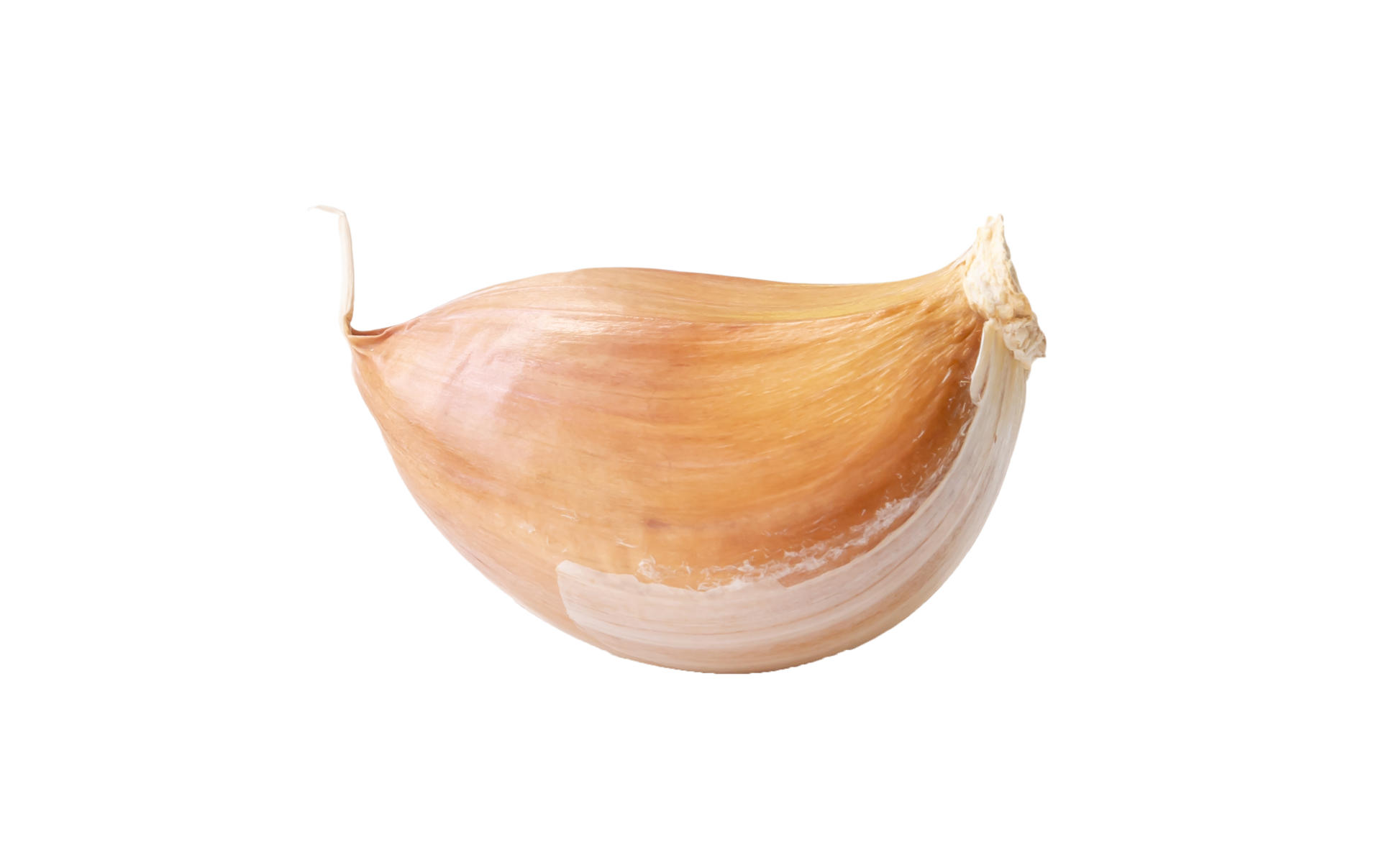Easy Tips for Crushing and Mincing Garlic Clove Like a Pro
Easy Tips for Crushing and Mincing Garlic Clove Like a Pro
Blog Article
A Comprehensive Overview to Expanding Garlic in your house Garden for Year-Round Harvests
Garlic, a flexible and savory enhancement to plenty of dishes, is a staple in many kitchens. Nevertheless, growing your very own garlic in the house can not just supply you with a year-round supply yet additionally supply a feeling of satisfaction in growing your own food. From picking the best garlic ranges to the precise care required for successful development, each action in the procedure adds to an abundant harvest. Visualize the ease of tipping right into your yard to tweeze fresh garlic whenever a dish asks for it, recognizing that it was supported and cultivated by your own hands. This detailed overview will stroll you via the crucial actions to grow garlic successfully in your home yard, making sure a consistent supply of this cooking crucial throughout the year.
Selecting the Right Garlic Varieties
When picking garlic ranges for your home garden, it is important to think about factors such as regional climate and preferred taste profiles. The kind of garlic you choose can considerably influence the success of your harvest and the taste of your recipes.
Hardneck garlic varieties, such as Rocambole and Porcelain, are appropriate to colder climates, as they call for a period of vernalization to create light bulbs efficiently. Softneck garlic, like Artichoke and Silverskin, thrives in milder climates and often tends to have a longer service life contrasted to hardneck varieties.
Think about the taste account you choose when selecting garlic selections - Garlic bulb. Rocambole garlic is understood for its complicated, abundant taste, while Artichoke garlic provides a milder taste that is fit for a wide variety of cooking applications
Preparing the Planting Website
Choosing the appropriate garlic varieties lays the foundation for an effective harvest; now, interest turns to the vital step of preparing the growing website. Before planting garlic, it is important to select a well-drained site with fertile, fertile dirt.
Take into consideration enriching the dirt with garden compost or well-rotted manure to give necessary nutrients for the garlic plants. A dirt pH degree varying from 6.0 to 7.0 is optimal for garlic cultivation. Incorporate a balanced plant food right into the dirt according to the manufacturer's directions to additionally boost the nutrient web content.
As soon as the planting site is properly prepared, you prepare to wage growing the garlic cloves, setting the stage for an abundant harvest in the periods ahead.
Planting Garlic Cloves
To guarantee successful farming of garlic, correct growing of garlic cloves is important in developing a strong foundation for healthy and balanced development and an abundant harvest. When planting garlic cloves, it is important to choose high-quality, healthsome bulbs for the finest results.
Garlic thrives in full sunlight, so make certain the planting site gets at the very least 6-8 hours of straight sunshine daily. By following these growing standards, you can set the stage for an effective garlic harvest.

Caring for Expanding Garlic Plants
Upon effective planting of garlic cloves, attentive treatment for expanding garlic plants is vital for ensuring ideal growth and a plentiful harvest. Watering is crucial for garlic plants, particularly throughout dry periods. Consistent moisture levels are critical, but garlic does not prosper in waterlogged soil. It is crucial to strike an equilibrium by making certain the dirt is wet however well-drained.
Weeding is one more critical element of caring for growing garlic plants. Weeds compete with garlic for nutrients and can impede its development. Regularly removing weeds by hand or using compost can aid maintain a healthy setting Garlic paste for garlic to prosper.
Feeding is advised to sustain the growth of garlic plants. Applying a well balanced fertilizer throughout the expanding period can supply the essential nutrients for robust growth. It is crucial not to over-fertilize, as this can lead to issues such as extreme vegetation growth at the expense of light bulb development.
Finally, checking garlic plants for any kind of indicators of bugs or conditions is crucial. Dealing with any type of issues promptly can stop them from spreading and damaging the crop. By adhering to these treatment methods, you can assist your garlic plants prosper and accomplish an effective harvest.
Harvesting and Saving Your Garlic Bounty
When preparing to harvest and store your garlic bounty, timing is vital to make certain optimal flavor and life span. Garlic bulbs should be prepared for harvest when the lower leaves start to transform yellow and wither, typically around mid-summer to early fall, relying on the variety and growing time. To gather garlic, meticulously loosen the soil around the bulbs with a garden fork to stay clear of harming them. As soon as collected, it is necessary to cure the garlic to boost its storage life. Lay the garlic bulbs in a single layer in a cozy, well-ventilated area for 2-4 weeks up until the outer skins are completely dry and papery.
After treating, cut the roots and cut back the stalks to about an inch above the light bulb. Shop the garlic bulbs in a trendy, completely dry location with great air blood circulation to avoid growing. Appropriately stored garlic can last for several months, giving you with a fresh supply up until the following harvest period. Follow these steps to enjoy your organic garlic in various cooking delights throughout the year.
Final Thought
To conclude, growing garlic in your home garden can provide year-round harvests with the best option of ranges, proper prep work of the growing site, and conscientious treatment for the expanding plants. By adhering to these actions, you can enjoy an abundant harvest of garlic cloves that can be kept for future use. With dedication and patience, you can successfully grow garlic in your yard and appreciate the delicious advantages it brings to your cooking.
Report this page